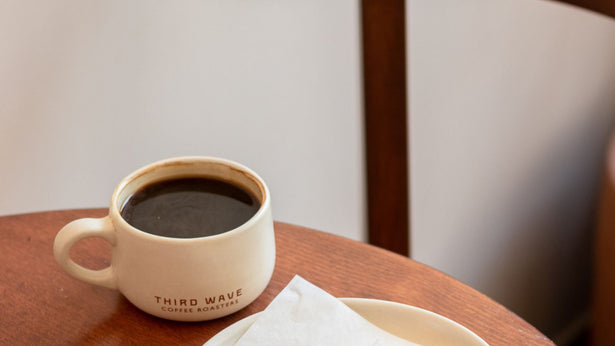Coffee has trotted the globe for centuries richly. They’ve been smuggled out of strict countries, stolen from royalty, and have changed entire nations and economies. A remarkable journey from tiny trees in Ethiopia to the 2nd most traded commodity in today’s world. So, let’s sit down with a cup of joe and talk about these wonderful beans. Let’s talk about the fascinating history of coffee!
From Ethiopia To Arabia
The legend goes that Kaldi, a goat herder found his goats dancing after consuming berries in the ancient Ethiopian plateau of Kaffa. Suspicious, he took these magic berries to a local monk who threw them in a fire, fearing the devil’s work. Their brilliant aroma that came from the smoke mesmerised the monk and he consumed them. Coffee became a part of the early trade exchange of then Ethiopian life.
In the 15th Century, coffee crossed the Red sea into Al-Makha, Yemen. The coffee invented by the Yemenis became famed as the “wine of Araby” and can be credited with the modern arabica coffee origin. Its popularity sprung coffee houses everywhere in Arabia that became scholarly epicentres. And it led the court at Mecca to forbid coffee for its stimulating effect, comparing it to alcohol. Cairo and Ethiopia soon followed suit and the Arab streets saw riots until the bans got lifted.
You might be interested to know that the modern coffee variant of mocha was named after Al-Makha in Yemen. Is this talk of mocha making your want a cuppa yourself? Try this iced white chocolate mocha recipe, and we promise you won’t be disappointed.
Conquering Europe
The history of coffee is incomplete without Europe. The Dutch had smuggled raw beans from Yemen in the 1600s, but Holland was inhospitable for coffee production. Meanwhile, stories of an unusual dark beverage began flooding the continent. When coffee finally arrived in Venice in 1570, it got popular quickly. Fear and suspicion ran amok as people began calling coffee the “bitter invention of Satan.” The controversy died out when the Pope tasted it and gave it the papal approval and the 1600s saw coffee houses pop everywhere in Europe. These coffee houses also engaged in stimulating conversations like the ones in Arabia and coffee houses in England even began to be known as “penny universities.” The first of these coffee clubs opened in Oxford. This shop later grew into The Royal Society of today.
The Asian Chapter
The history of coffee is littered with stories of Yemeni authorities closely guarding raw coffee beans against foreign hands and eyes. But in 1670, an Indian Sufi saint named Baba Budan smuggled a few fertile beans on his way back from Mecca. Those beans birthed the still strong coffee farming culture of Southern India. The Karadykan Estate blend by one of the best coffee brands in India is a perfect taste of this continued tradition.
Indonesia became a coffee staple when the Dutch Governor of Java had coffee seedlings sent from Sri Lanka. By 1704, Indonesian coffee made Java become another household name and spread the plantation to Sumatra and Celebes.
Into The New World
Coffee had conquered Africa and the Indian Ocean nations. It had swept Europe and now began its journey across the Atlantic. The roots trace back to when King Louis XVI received a young coffee plant as a gift from the Mayor of Amsterdam. The plant was protected in the Royal Botanical Gardens of Paris. A French naval captain stole some clippings from that tree to establish a plantation in the Caribbean. This seedling is credited with being the parent of all coffee trees throughout the Caribbean, South, and Central America.
The Modern Coffee Empire: Brazil
The Brazilian coffee empire began with a colonel named Francisci de Melo Palheta. He was sent to Guyana in 1727 to get coffee seedlings from the French Governor who turned down the request. However, the governor’s wife was quite taken by the colonel’s good looks and she slipped a handful of clippings into a bouquet for Francisci before he left Guyana. These clippings started the largest coffee empire on the planet, starting from 1822 till today.
The coffee bean history is rich with fascinating stories. The world has seen missionaries, traders, and colonists carry coffee seeds. They carried them to new lands and planted them worldwide. Plantations grew in magnificent tropical forests, on rugged mountains and spectacular highlands. Some flourished and others lived short. Coffee became the economic backbone for many new nations, and fortunes were made and lost. By the end of the 18th century, coffee had become the most profitable export in the world and remains the most sought-after commodity today, second only to crude oil.
The modern world was then taken to storm by the era of the three waves of coffee which changed it into what it is today. Learn about how that came to be with what is third wave of coffee.

